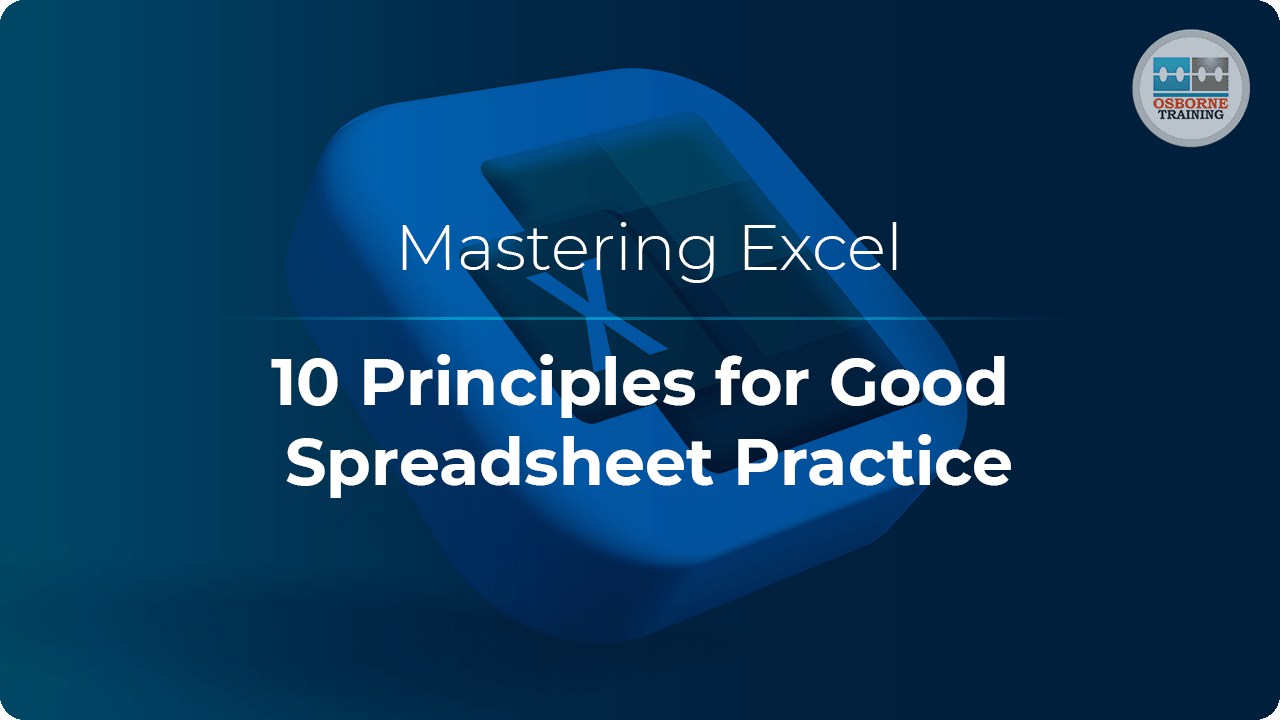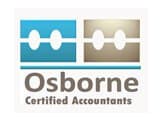
Mastering Excel: 10 Principles for Good Spreadsheet Practice
In today’s digital age, spreadsheets have become an indispensable tool for businesses, professionals, and individuals alike.
From financial analysis to project management, spreadsheets offer a versatile platform for organizing data and making informed decisions.
However, creating and maintaining effective spreadsheets requires more than just basic Excel skills.
To ensure accuracy, efficiency, and usability, it’s essential to adhere to principles of good spreadsheet practice. Let’s delve into these principles to master the art of spreadsheet management.
1. Consistency:
Consistency is key to creating user-friendly spreadsheets. Maintain uniform formatting, labeling conventions, and formulas throughout the document.
Consistent design enhances readability and reduces the risk of errors caused by confusion or inconsistency.
2. Clarity:
Clear and concise communication is essential in spreadsheets. Use descriptive labels, headers, and comments to explain the purpose of each element.
Avoid ambiguous terms or abbreviations that may lead to misunderstanding.
3. Simplicity:
Keep your spreadsheet design simple and intuitive. Avoid unnecessary complexity or clutter that can overwhelm users.
A clean layout with minimal distractions enables users to focus on the data and analysis at hand.
4. Documentation:
Document your spreadsheet thoroughly to provide context and guidance for users. Include explanations of formulas, assumptions, and data sources.
Proper documentation facilitates understanding and enables others to use or modify the spreadsheet with ease.
5. Validation:
Implement data validation rules to ensure the accuracy and integrity of your data. Validate input values to prevent errors and outliers.
Use Excel’s built-in validation tools to enforce data consistency and improve reliability.
6. Error Checking:
Regularly check your spreadsheet for errors and inconsistencies. Use Excel’s error checking features and conduct manual reviews to identify and correct issues.
Vigilant error checking ensures the accuracy and reliability of your calculations.
7. Version Control:
Establish a robust version control system to track changes and updates made to your spreadsheet.
Maintain a master copy of the document and document revisions or updates. Version control helps prevent data loss and ensures users are working with the most up-to-date information.
8. Protection:
Protect sensitive or critical parts of your spreadsheet from unauthorized access or modification.
Use Excel’s password protection, cell locking, and sheet protection features to safeguard confidential information. Limit access to authorized users to prevent data breaches or tampering.
9. Testing:
Thoroughly test your spreadsheet under various scenarios and inputs to validate its functionality.
Conduct test cases and sensitivity analyses to identify weaknesses or potential errors. Testing ensures the reliability and accuracy of your calculations.
10. Backup:
Regularly backup your spreadsheet data to prevent loss in case of unexpected events. Store backups in secure locations, including cloud-based storage solutions.
Backup your data regularly to mitigate the risk of data loss due to system crashes, file corruption, or accidental deletion.
Over to You:
Mastering Excel requires more than just knowing how to input data and create formulas. By adhering to principles of good spreadsheet practice, you can create well-organized, reliable, and user-friendly spreadsheets that support informed decision-making and analysis.
Consistency, clarity, and simplicity are the cornerstones of effective spreadsheet management, while documentation, validation, and error checking ensure accuracy and reliability.
Version control, protection, testing, and backup further enhance the usability and security of your spreadsheets. By incorporating these principles into your Excel workflow, you can optimize your spreadsheet management practices and excel in your professional endeavors.
Learn all the practical & in-depth tips and tricks of Excel with our Advanced Excel Bookkeeping training course here.






